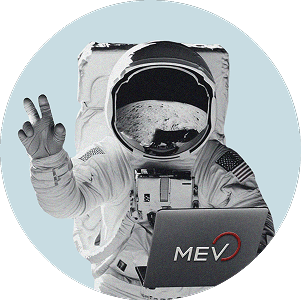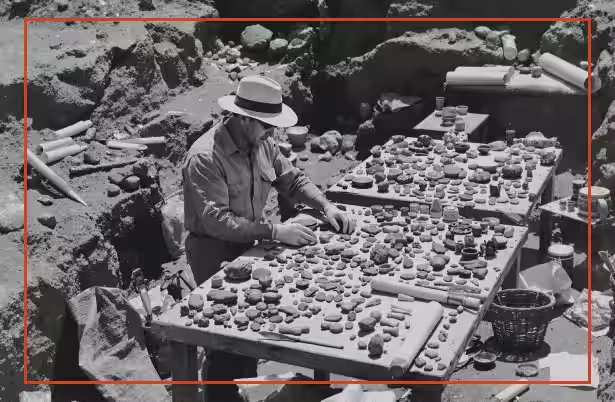On the Inspired Insider podcast, Dr. Jeremy Weiss spoke with Alex Natskovich, founder and CEO of MEV (mev.com). They discussed how real software gets made, what slows companies down, and what it takes to build a strong development team.
Building teams that work
Alex says that strong teams grow from shared values and clear communication. At MEV, those values include honesty, responsibility, and openness. Developers don’t just send résumés — they go through small trial tasks and a short test period. That helps both sides see how the collaboration feels in practice.
Feedback is given directly and quickly, which makes work more transparent and builds trust between teammates.
How MEV works with clients
MEV offers three main ways of working:
- Staff Augmentation – when a company already has developers and needs temporary support.
- Integrated Team – when MEV engineers work side by side with the client’s team.
- Dedicated Team – when MEV becomes the full development partner and manages the product end-to-end.
For pricing, fixed budgets are used for well-defined projects. Ongoing partnerships are based on monthly rates that depend on the team size and skills.
The last 10% of the work takes the most effort
Many companies come to MEV saying their system is almost done. That final stretch often hides the hardest work — testing, scalability, performance, security, and compliance. These areas take time and expertise, so MEV focuses on them early to prevent costly rework later.
Common mistakes companies make
Alex often sees a few recurring problems in new projects:
- Teams start building too much before confirming their idea works.
- Testing comes too late in the process.
- Data privacy and compliance are handled only before launch, when changes are most expensive.
He encourages teams to release smaller versions first, test with users, and grow from real feedback.
When companies reach out for help
Companies usually call MEV when internal teams run out of capacity, face delivery issues, or need to focus on higher-value work.
Some need help finishing delayed projects. Others want to free their engineers from maintaining older systems.
MEV also helps teams improve how they organize development so that delivery becomes faster and more reliable.
Real-world examples
Hawaii Information Service
MEV helped rebuild the real estate listing platform used by agents, brokers, and banks across several Hawaiian islands.Over several years, both teams worked closely — holding strategy sessions, revising the roadmap, and modernizing the platform step by step.
LumiGrow
LumiGrow creates smart lighting for agriculture. Their Wi-Fi network failed when hundreds of lamps tried to connect at once. MEV redesigned the system using a Bluetooth mesh, so only one or two lamps connect through Wi-Fi while others communicate through them. This made the network stable and easy to scale.
How AI changes the work
AI tools have changed how clients prepare projects. Many founders now use AI to create first versions of their ideas or interfaces. That helps MEV understand their goals faster, but AI can also create confusion — for example, when it writes product requirements that include features the client never wanted.
Inside MEV, engineers test AI assistants for coding and use note-taking tools such as Fireflies and TL;DV. Each tool is introduced carefully, only after it proves reliable.
“Self-driving cars are a good reminder — it always takes more engineering than people think.”
Learning from others
Alex continues to learn from clients, coaches, and friends who have built companies before him.
He values conversations that show what worked and what didn’t.
“The more you know, the more you realize how little you know.”
Final thought
Good software grows through teamwork, honest communication, steady testing, and patience.
That’s what Alex and Dr. Weiss explored — the real process behind reliable systems.







.png)
.png)






